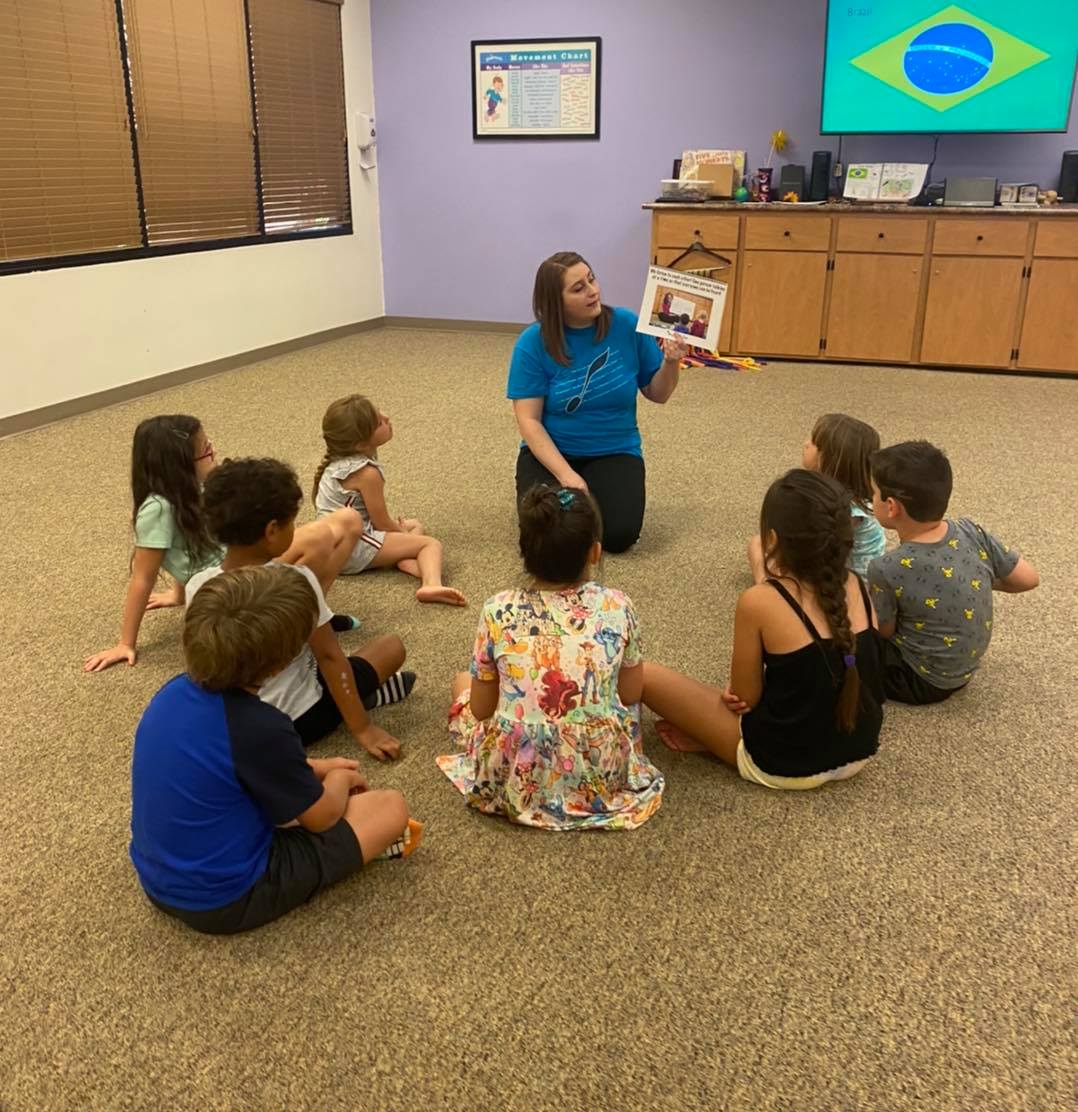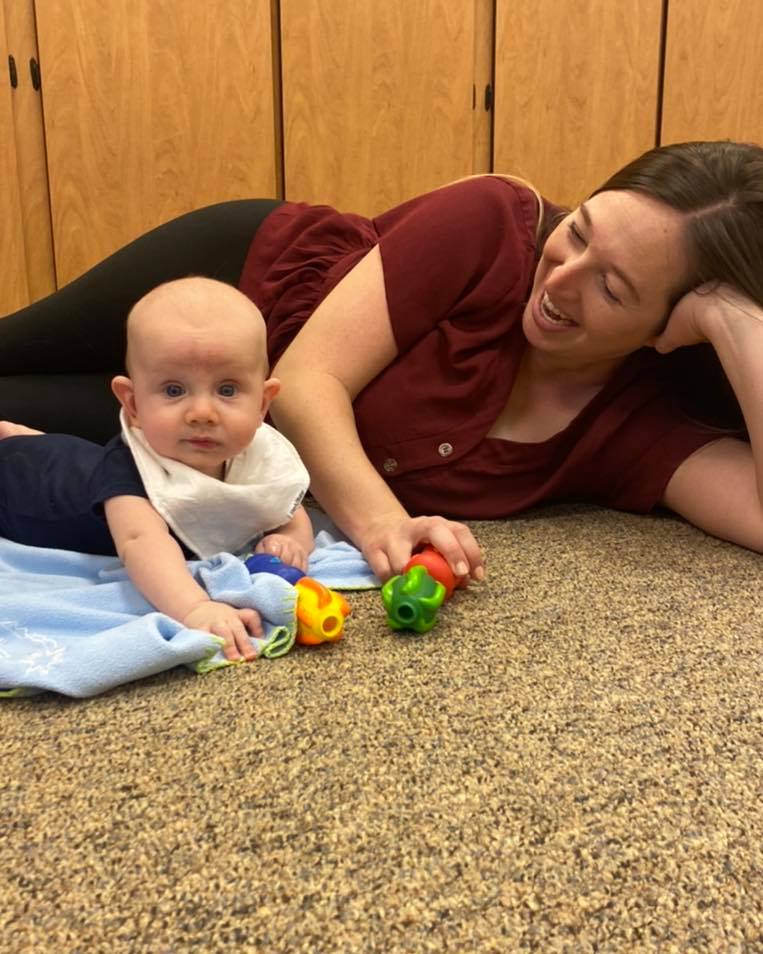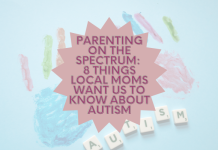Guest Post by Stefanie Jamison
By filling the spaces of your child’s day with music, we are already teaching children from a young age the many roles that music can play through life. Music can help children to relax, cope with feelings, celebrate, create and express beyond verbal capabilities.
The reason we start music so early with little ones is to introduce a variety of music, representing diverse cultures, styles and tonalities as well as varied instrumentation and voice types.
 Not only will your child enjoy responding to these different types of music emotionally and physically, but intellectually it is important that your child experience all different types of music. We tend to appreciate and enjoy listening to music that is familiar.
Not only will your child enjoy responding to these different types of music emotionally and physically, but intellectually it is important that your child experience all different types of music. We tend to appreciate and enjoy listening to music that is familiar.
By exposing your children to a broad selection of music at an early age, you are helping your child to have a rich repertoire of familiar sounds and styles that will make more music accessible and interesting to your child throughout a lifetime.
When older kids respond, “I don’t like it,” they often really mean, “I am not familiar with it.”
If we want our children to be open to a wide variety of music and cultures, we have to repeatedly provide exposure.
When the new becomes familiar, children develop a greater appreciation for a wide variety of music. Think of it this way – you are developing your child’s palate. Just as you have to keep introducing a wide-variety of foods to get them to eat healthful foods, you have to introduce them to the world around them through music, books and cultural experiences.
“Children must receive musical instruction as naturally as food, and with as much pleasure as they service from a ball game… and this must happen from the beginning of their lives.”
-Leonard Bernstein
Composer, conductor, author, music lecturer, and pianist
Tips for how to apply this learning at home:
- Listen with your kids to a wide variety of music. Expand your own library to include all different genres.
- Add music throughout your day. Have a song to help get your family going in the morning. Have a quiet time playlist for when it’s close to nap time. Create an atmosphere of relaxation as you are getting ready for bed.

- For older kids, try playing some classical music while they are studying or reading. Classical music has been proven to stimulate a child’s brain in a most wonderful way. The power of music to affect memory is quite intriguing. Mozart’s music and baroque music, with a 60 beats per minute tempo, activate both the left and right brain. The simultaneous left and right brain action maximizes learning and retention of information. The information being studied stimulates the left brain while the music activates the right brain. Also, activities which engage both sides of the brain simultaneously, such as playing an instrument or singing, cause the brain to be more capable of processing and retaining information. (This information comes from the following website and I thought it might be interesting to check out: http://www.cerebromente.org.br/n15/mente/musica.html)
- Download the free Kindermusik App. You will notice that it has music broken down by themes. Kindermusik is the world-leader in music and movement classes. We are in over 70 countries, so you can experience what the world has to offer your child. There are even instruments to explore, crafts to do together at home, and videos so you can see and experience what a class has to offer.











